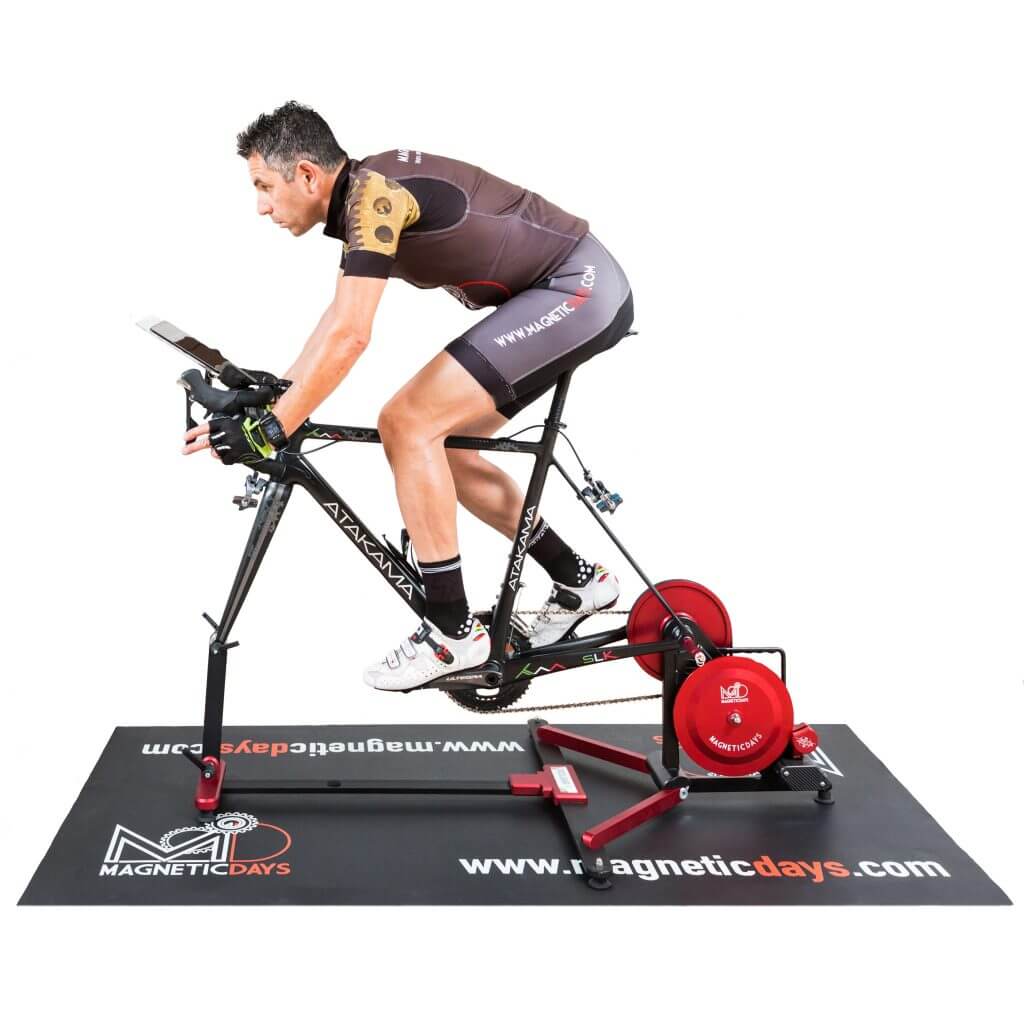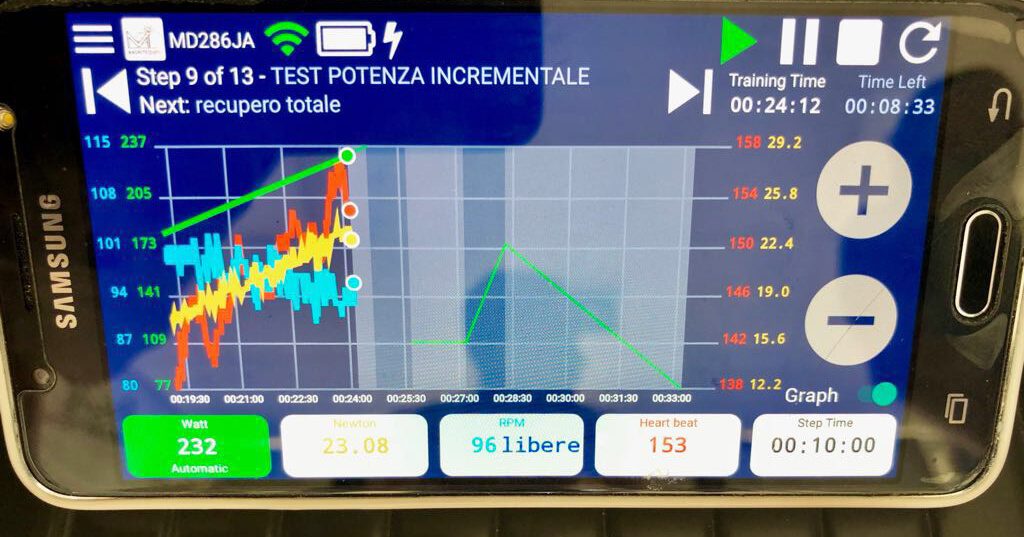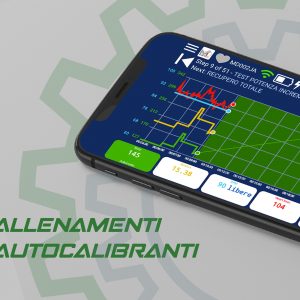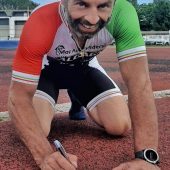MagneticDays Training Philosophy – how to increase Bike Power
26 April 2018Physics and evolution of cycling simulator were the key concepts of the introduction of MagneticDays Training Philosophy. With this third article, you can start to understand the great innovation about our indoor training system. Considering that we have at disposal the Jarvis indoor training system (an instrument with high accuracy and precision), we can always refer to the same state having always the same benchmark, a work condition that is impossible to reproduce outdoor where everything is constantly changing.

How to increase Bike Power – introduction
Having the right data at our disposal (always the same and measurable), the new challenge by MagneticDays was to separate the “Power data” in its two fundamental components: RPM (Revolution Per Minute) and Force (Newton Per Meters). What is the Power? In physics, power is the rate of doing work, the amount of energy transferred per unit time. In the International System of Units, the unit of power is the joule per second (J/s), known as the Watt (W). When an object’s velocity is held constant at one meter per second against a constant opposing force of one newton, the rate at which work is done is 1 watt.
The force applied to the pedal in our Indoor Cycling System (originated from the magnetic brake) includes all the forces that we can perceive outdoor like wind, friction, dynamic resistance and all those factors that can change continuosly “forcing” body to adapt itself over and over again in order to find the optimal balance. Considering that Jarvis is not an ordinary smart trainer but a scientific and cycling lab where is possible to work entirely on the body of each athlete, we can control the physiological respones to training going to control the factors affecting Power.

How to increase Bike Power
In the first article about our Training Philosophy, we had explained how using either the MagneticDays or any other Indoor Training System that use a resistance produced by permanent magnets (taking advantage from the Lorentz force) or dynamic resistance (produced by brakes), we are always in a phiysical condition of “flat terrain in the absence of wind.” Considering this “Physical state”, the scientific literature suggests how the best cycling cadence to optimize the pedalling technique and efficiency is at approximately 90 RPM. For example: Mario, Eric and Luke are three guys and athletes who have apparently the same perfomance::
Mario: 250 Watt (threshold heart rate) originated from 30 Newton and 80 RPM
Eric: 250 Watt (threshold heart rate) originated from 23 Netwon and 96 RPM
Luke: 250 Watt (threshold heart rate) originated from 27 Newton and 88 RPM
This situation represent three levels of Power exactly the same but determinated by three completely different feautures. Supposing that the values of thresold heart rate and RPM (for each athlete in training) are 250 Watt and 88 RPM, the specific training for Mario, Eric and Luke is Agility, Strenght and Neutral respectively.
Through our analysis we can confirm that we can help “Mario” to improve his cadence naturally cycling at 85 RPM (starting from a value of 80 RPM) and improving his threshold heart rate from 250 to 265 Watt (if force is equal, 1 RPM is equal to 3 Watt). Among other things, Mario represents (as physiological features) more than 80% of not professional cyclists.
With this example we want to explain two important things:
- Before to write a custom built training, is absolutely necessary to determine the specific physiological values for each athlete;
- Having at disposal a scientific instrument as MagneticDays, is possible to work finely on specific parameters as Watt, Newton and RPM, influencing the physical characteristics of the athletes.













